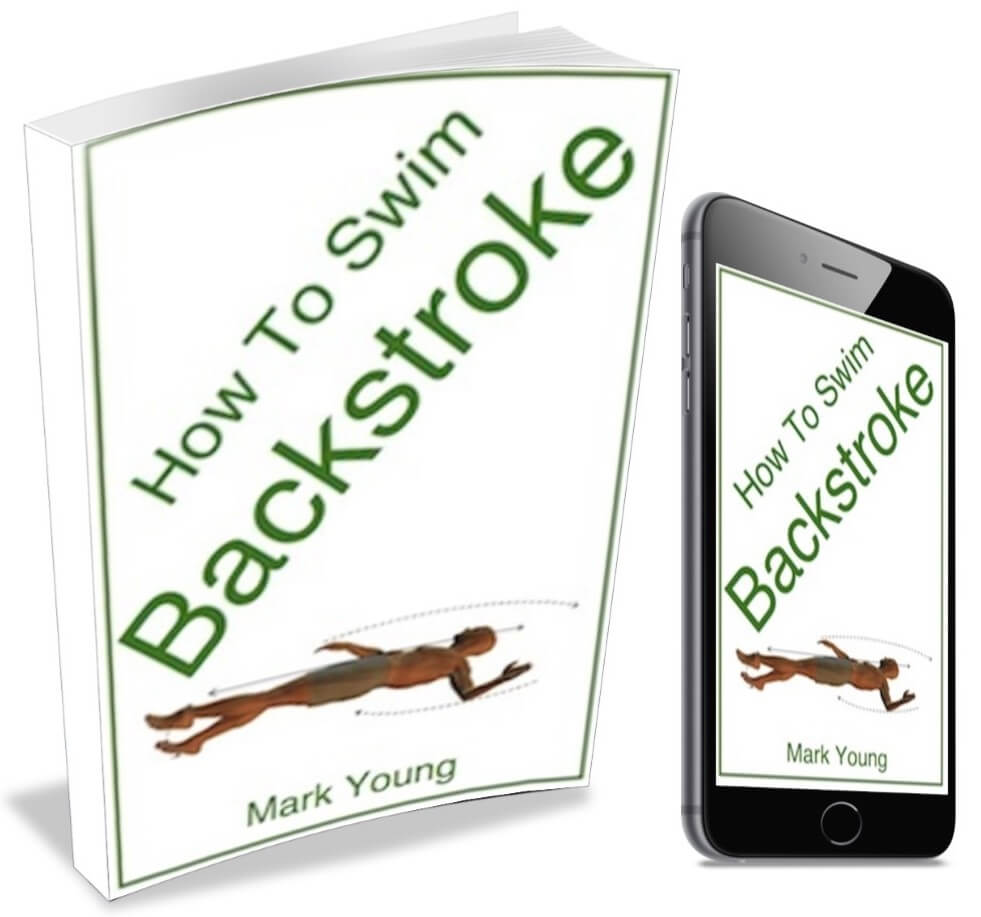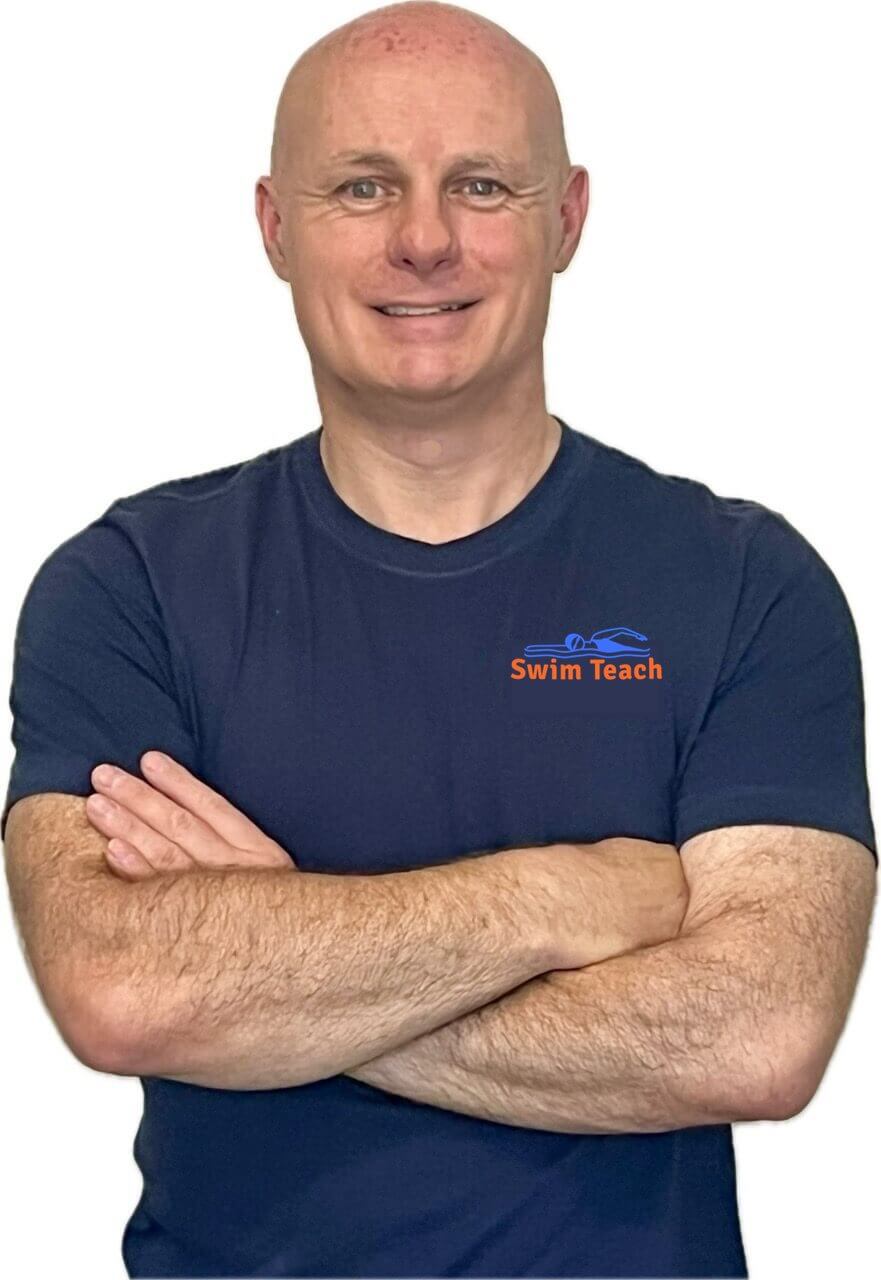- Swim Teach Home
- backstroke technique
- Backstroke Body Position
- Water On My Face When Swimming Backstroke
Water On My Face When Swimming Backstroke
I have a problem with water on my face when swimming backstroke. I am learning to swim and enjoy the water, and I have a few problems.
When doing backstroke I splash a lot, so water keeps going in my face. What am I doing wrong? I find it difficult to swim more than 10 to 15 meters without stopping. Is it my breathing technique that's wrong, or is it that my fitness level is below par?
There are a couple of reasons why you might get water on your face when doing backstroke. Let us be clear here, though, the nature of backstroke arm action means that you will get water on your face no matter how you perform the stroke. However, the amount of water going over your face should not be excessive enough to cause you a problem.
Check your body position and ensure you are lying flat in the water. The head position is crucial as it dictates how the rest of your body will be positioned in the water.
If your head is tilted slightly forward (chin towards your chest) this will cause your hips and legs to sink. The net result is water on your face due to partial sinking. If your head is tilted slightly back, you will get a rush of water over your face as you propel yourself through the water.
The correct head position is to face directly upwards, ears just under the water surface with the neck in a neutral position. If you can achieve this position, then the rest of your body stands a good chance of being in the correct position, that being horizontal and flat on the water's surface.
Maintaining this body position while performing backstroke is important, and failure to do so is the other main cause of getting water on the face.
As you kick, your toes, hips, and tummy should remain at or near the water's surface, and the arm action causes the shoulders to roll gently side-to-side. If the flat body position is maintained, then the only water getting onto your face should come from the arm action as it passes overhead.
Regarding the distance that you swim, a combination of factors will determine how easily you swim longer distances, and yes, your fitness level is one important factor. Breathing is also a factor, and it is important to exhale as you swim. Breathing out as you swim is much easier than holding your breath.
Your technique and, therefore, efficiency through the water will affect how easily your body moves through the water. That, in turn, affects how much energy you use.
How relaxed you are in the water will also affect how much energy you use. Try to swim slower and take your time. Feel your way through the water, and do not fight it. The more you practice, the more it will enhance your fitness and stamina.
My popular book How To Swim Backstroke contains over 20 separate swimming exercises to help all parts of backstroke, including body position and arm and leg techniques. You can download it, print out the needed parts, and take them to your pool to try out. Click the link below for more information.
HOW TO SWIM BACKSTROKE EBOOK: everything you need to master breaststroke swimming stroke. 20 easy drills that focus on each part of backstroke technique. From body position to breathing and timing. Decades of teaching experience all packaged into 1 easy file. Download to your device and master backstroke TODAY! (click here for a preview)
Don't miss out! Click here for more details on how to get your copy.
Relaxing Whilst Learning To Swim On My Back
I have just started to learn to swim at 47. It was a huge deal for me as I have always feared deep water. Ok, in the shallow end, but any deeper than my neck, and I panic.
My problem seems to be floating, particularly on my back. I tend to stiffen up, and I'm not relaxed, and water just covers my face making me panic as I do backstroke with just my legs. The only way I stay up is if I bend at the hips and look like a V shape. I know this is wrong, but when I try to straighten up, water just covers my face. This makes me stop the stroke and stand back on my feet.
Maybe I am not allowing myself enough time to relax for my body to float. I don't know. I have found that quite a muscular guy does me no favors, as i seem to cramp up heaps. Any advice, help, or anything will be greatly appreciated.
Being a muscular person is a disadvantage for a beginner learning to swim because muscle is dense and tends to sink. Don’t let this put you off, though. Muscular people can still learn how to swim with no problem.
You’re cramping up suggests you are not as relaxed as you could be.
Floating when stationary and floating as you swim along are two different scenarios. Floating as you swim along on your back sounds more like the problem you are asking about.
Body position is vital for effective backstroke and you’re correct to say that your V shape is not right.

The hips must be level with the rest of the body and the head looking upwards. Then, the legs and feet will be at or near the water surface as they kick, and general movement will be relatively efficient.
The position of the head is crucial, and the slightest tilt backward or forwards will change the body position a great deal.
A tilt forwards is most common, especially for beginners who subconsciously attempt to view their surroundings. This results in the hips dropping, followed by that sinking feeling.
A head tilts backward will result in water on the face, which you are currently experiencing.
It is important to find a comfortable midpoint for the head position, which takes some trial and error and perseverance between bouts of sinking.
Try holding a float or kickboard across your chest. This will give you some support and allow you to find maybe that midpoint for your head position.
You will find some water coming onto your face, but try to resist that instant temptation to stand up. Maybe wear some swim goggles and/or a nose clip to help deal with it. Eventually, you will find a happy medium and swim longer distances on your back without any panic.
I am a member of the Amazon Associates Program and I will earn a commission from qualifying purchases at no extra cost to you.




